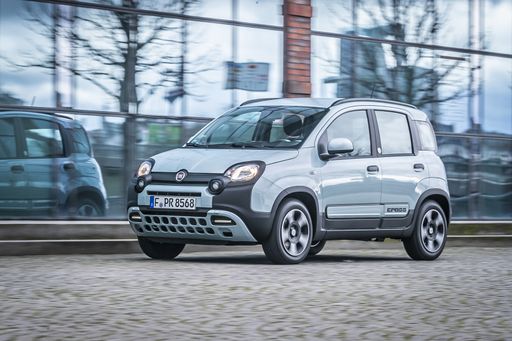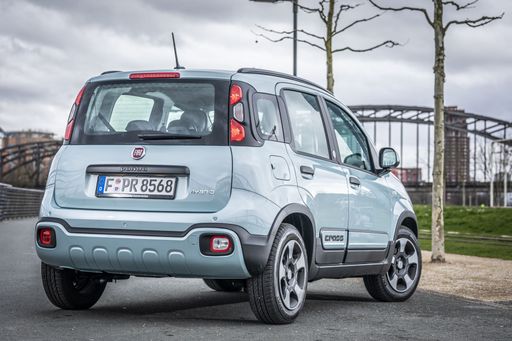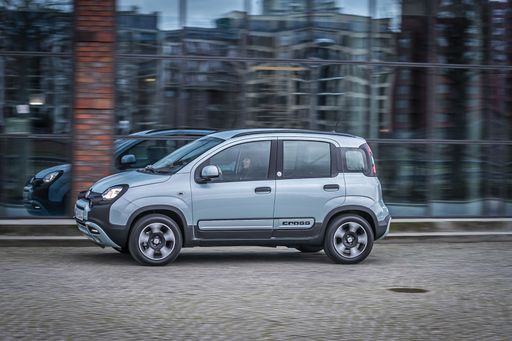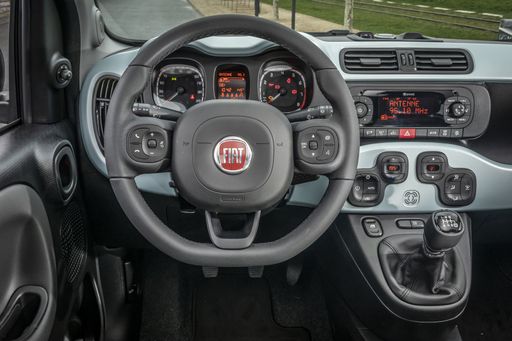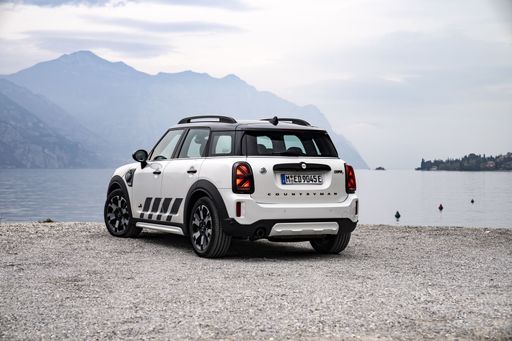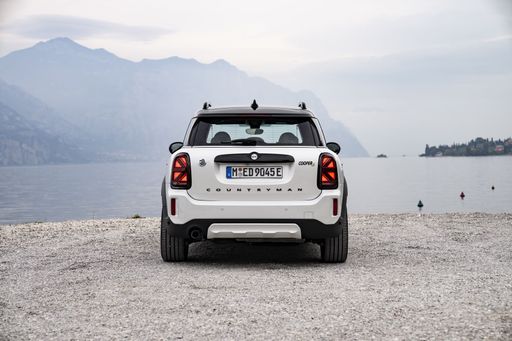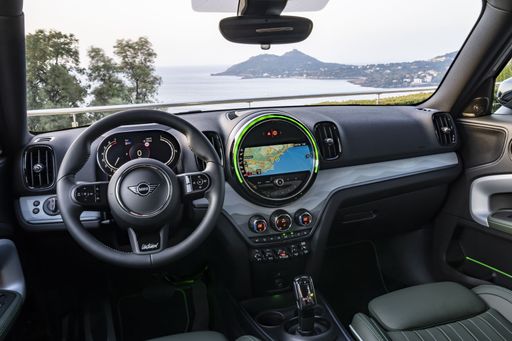Compact Dynamics: Fiat Panda vs. MINI Countryman
The automobile industry is constantly evolving, guiding car enthusiasts towards both innovation and tradition. In this comparative analysis, we delve into two distinctive models—the agile Fiat Panda and the versatile MINI Countryman—to outline their unique features, performance, and innovative strides within their respective classes.


